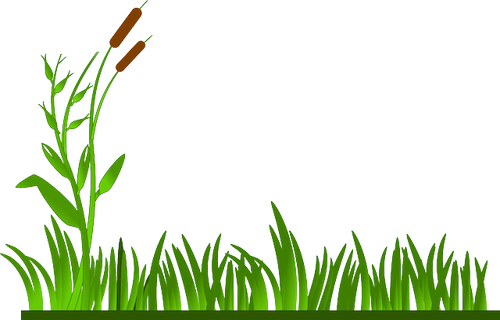(To read the report in the language of your choice, download the report and use GOOGLE TRANSLATE)


- ©2025 Enviro Lac Gauvreau 0


Lac Gauvreau was one of the earlier lakes to become populated due to its size and closeness to Ottawa and Gatineau.
In the early years there were no real septic systems, and as more cottages were built, the lack of proper septic systems contributed to deteriorating water quality. Cattle along the stream shoreline further polluted the lake with nutrients and fecal coliforms. In fact, at certain points, it wasn’t safe to swim in the lake because of all the sewage that had been dumped there.
Between 1962 and 1964, Ruisseau Parent—a meandering creek with a watershed of about 45 km2 that feeds Lac Gauvreau—was straightened, as it would increase productivity for the farmers along Parent Creek. This was disastrous for the lake, as many more sediments and nutrients were deposited in the lake. Most of the nutrients would sink to the bottom and bind with the small sediment particles so that, after 60 years, the lake is now on the edge of being Eutrophic, causing algae blooms, including some blue-green algae (Cyanobacterium), which can be dangerous, especially for pets and small children. (Article continues below image.)

The old creek bed of Parent Creek, in blue, based on an aerial photo from 1945 layered on top of Google Earth imagery with the current bed. Just visible (right bottom) is the mouth of the creek in ac Gauvreau.
(Continued...)
Motorboats became more powerful and would disturb the sediments at the bottom in the shallower parts of the lake, also contributing to a higher nutrient load in the water. Those higher nutrient loads would eventually cause the blue-green algae blooms that we now see almost every year.
About 10 to 12 years ago, Eurasian watermilfoil started to appear in the lake. This plant with the nickname “Zombie weed” is an invasive species, likely brought in by boats. As it is also an aquarium plant, perhaps somebody emptied their aquarium in the lake. It spreads very easy as broken pieces, even small fragments cut up by boat propellors, will float in the lake and eventually become a new plant. At this time most areas where the plant can grow have already been infested.
Numerous measures have been taken to try to improve the water quality in the lake and Parent Creek. Farmers have put fencing along the creek, with mixed results. The municipality has done a septic system inspection blitz around the lake, and several septic systems have been replaced. Owners around the lake have started improving their shoreline to filter nutrients from runoff water, and nobody around the lake uses fertilizers anymore.
Since 2022, new boating guidelines should help reduce wake and the proliferation of milfoil, and hopefully also reduce the amount of nutrients that can be released from the shallower parts of the lake. Although fecal nutrient counts have decreased significantly—making it in that aspect good swimming water—the nutrient loads have not decreased and are now causing the blue-green algae blooms making the water potentially dangerous to swim in.
Despite all the measures to reduce nutrients in the lake, the nutrient levels remain largely unchanged. They have not worsened, but they are also not improving. Therefore, we need continued vigilance, and we must continue to step up and work on all fronts to make our lake healthy again.

LASTEST LAKE NEWS